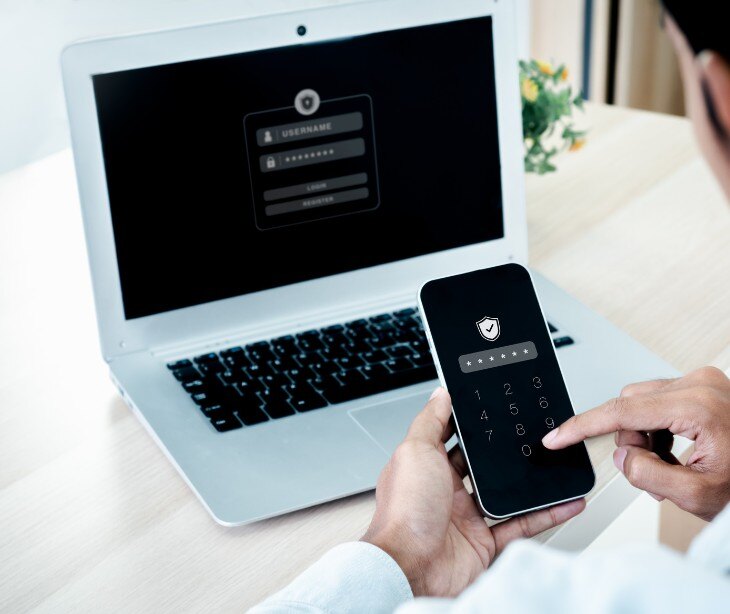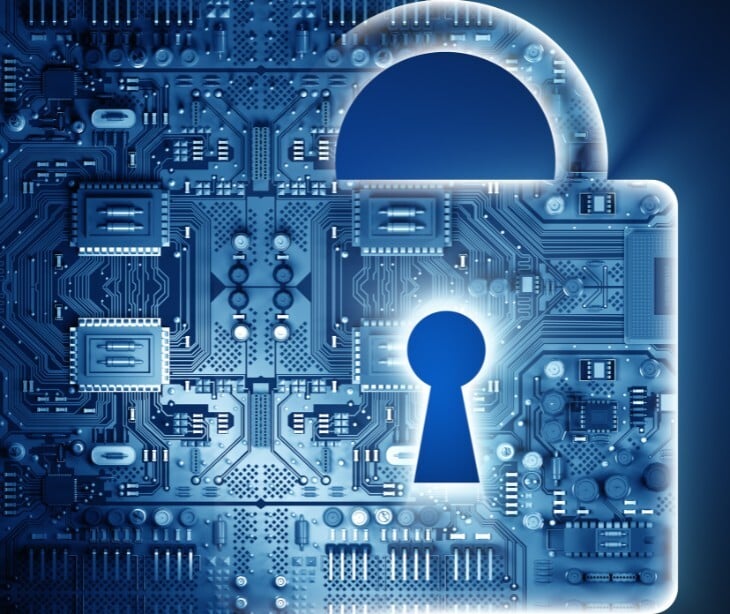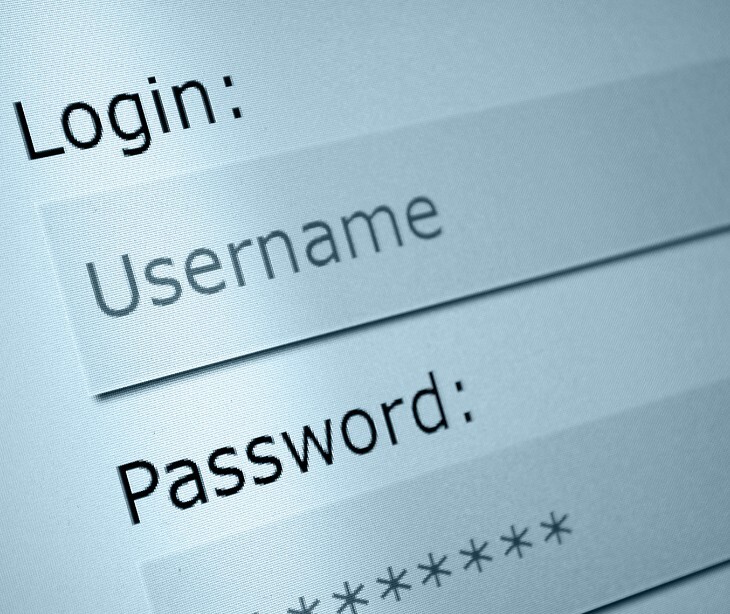
MFA bypass kits are tools or techniques designed to bypass Multi-Factor Authentication security measures. These kits exploit vulnerabilities in authentication systems, potentially allowing unauthorized access to protected accounts, systems, or networks.
The basics of multi-factor authentication
The National Cybersecurity Alliance explains, ”Multi-factor authentication, often called MFA, is a security feature that requires you to verify your identity in multiple ways before accessing an account. You might also hear it called two-factor authentication (2FA) or two-step verification.”
Types of multi-factor authentication
The National Cybersecurity Alliance further explains that MFA usually requires two factors, which is why it is sometimes called two-factor authentication. One factor is your password. The other may include:
- One-time passwords (OTP): Codes sent via text or email expire quickly.
- Authenticator apps: Apps like Duo or Microsoft Authenticator generate time-sensitive codes or send push notifications to approve logins.
- Biometrics: Scans of your fingerprint, face, or voice.
- Hardware tokens: Physical devices, such as USB keys, that connect to your computer to verify your identity.
- Security questions: Answers to personal questions, like your first pet’s name or high school.
- PINs: A secondary password unique to the service.
How MFA bypass kits work
According to the Forbes, How Hackers Bypass MFA, And What You Can Do About It, “It turns out that multifactor authentication is not a foolproof solution, even for cybersecurity companies, let alone regular users. Hackers can bypass MFA. In fact, they use many techniques that have proven successful.”
These techniques include:
Technical exploitation methods
- Malware-based data interception - Advanced malware can extract authentication data from multiple sources, including:
- Browser data
- MFA applications
- Crypto wallets
- Password managers
- Authentication token theft - Attackers can compromise MFA by:
- Stealing authentication tokens using information-stealing trojans
- Intercepting one-time access codes through email interception
- Capturing SMS messages containing MFA data via mobile spyware
- Keylogging and cookie stealing - Bypass techniques include:
- Installing keyloggers to record login credentials
- Stealing authentication cookies using malware like Emotet
- Accessing stolen data immediately or selling it on the darknet
Social engineering tactics
- MFA fatigue attacks - This method involves:
- Bombarding users with continuous authentication push notifications
- Overwhelming users until they accidentally or intentionally approve access
- Potentially convincing users to disable MFA entirely
- Phishing and impersonation - Attackers use deceptive strategies such as:
- Creating fake login pages to capture passwords and 2FA tokens
- Impersonating trusted sources to manipulate users
- Tricking users into believing their accounts are compromised
- Requesting password resets and capturing authentication codes
- SIM card manipulation - Some attackers go as far as:
- Impersonating users to order new SIM cards
- Gaining full access to authentication messages
Additional bypass techniques
- Installing spyware on victim devices
- Exploiting vulnerabilities in authentication applications
- Conducting persistent social engineering campaigns
- Leveraging subscription-based hacking tools with regular updates to evade detection
Real-life scenario: The Tycoon 2FA phishing service
In 2024, cybersecurity researchers discovered a phishing-as-a-service (PaaS) tool called "Tycoon 2FA" that effectively bypassed Multi-Factor Authentication for Gmail and Microsoft 365 accounts. This service represented a critical evolution in cyber threat tactics.
The tool operated by tricking users into entering their credentials on a fake login page, allowing attackers to intercept both login information and two-factor authentication tokens. With over 1,100 domain names supporting its phishing attacks, the service was particularly dangerous because it required minimal technical expertise from the attackers.
Capabilities of this MFA bypass kit included:
- Intercepting 2FA tokens in real-time
- Storing session cookies on attacker servers
- Allowing account access even after credential changes
- Bypassing various authentication methods, including Microsoft Authenticator push notifications
Perhaps most alarming was the service's accessibility. Priced at just $120 for 10 days of access, it democratized cyber attacks, enabling less technically skilled threat actors to conduct complex phishing campaigns. The Bitcoin wallet associated with the service had already accumulated nearly $400,000, indicating its growing popularity.
As cybersecurity experts noted, these kits essentially reset the phishing landscape to a pre-MFA era, undermining the protection mechanisms designed to secure digital accounts. They demonstrated that technical controls alone were insufficient, and human awareness remained the most critical defense.
Lessons learned:
- MFA is not an impenetrable security solution
- Continuous user education is important
- Phishing attacks are becoming increasingly sophisticated and accessible
- Organizations needed to implement multi-layered security strategies
- Individual awareness and vigilance is crucial in preventing successful attacks
Defensive strategies
“Most cybersecurity attacks are completely preventable if you do some pretty basic hygiene in your security,” states Clare O'Neill, Australia's Minister for Cyber Security.
Infosec Institute, a cybersecurity training company, provided tips to mitigate MFA security risks:
- Obfuscate the code: Obfuscation makes an app display incomprehensible or meaningless code to a hacker, making it difficult to reverse-engineer. Make sure to obfuscate your code’s logic for third-party libraries, as well.
- Use hardware security keys: Use security keys where possible. These don’t work with reverse proxies and will mitigate the attack courtesy of the U2F binding implementation (it implies that only a legitimate site can authenticate a session with the key, and the authentication attempt will fail on a fake website).
- Harden apps: Consider techniques like anti-debugging, checksum validation and anti-tampering to make it difficult for hackers to clone or reverse the apps. It’s also a good idea to run anti-sandboxes and anti-emulators by checking for artifacts (processes, files and so on) to prevent hackers from learning about your app.
- Encrypt every dataset: Go beyond the sandbox and encrypt data in-app preferences, API keys, resources, libraries, and strings. Avoid leaving data in the open.
- Use non-SMS MFA: Push notifications and FIDO2 are some of the more secure versions of MFA. Other options include requiring a Touch ID or Face ID verification inside the app. Avoid using MFA that relies on SMS to authenticate user accounts.
Ethical considerations
Legal and ethical boundaries of digital access
The case of Eric Council Jr. provides an illustration of the legal consequences of unauthorized digital intrusion. In January 2024, Council orchestrated a sophisticated attack on the Securities and Exchange Commission's (SEC) X account, demonstrating the ethical and legal risks associated with cybersecurity breaches.
Key ethical violations
- Unauthorized account access
- Identity theft
- Manipulation of financial markets
- Fraudulent information dissemination
Legal implications
Attempting to bypass security measures without authorization can result in:
- Criminal charges
- Significant legal penalties
- Potential imprisonment (up to five years in Council's case)
- Financial penalties
- Professional and personal reputation damage
Case study: SEC X account breach
Council's method involved:
- SIM-swapping attack
- Obtaining personal information of an account administrator
- Creating a fake ID
- Manipulating telecommunications provider (AT&T)
- Posting false information that directly impacted Bitcoin's market value
This incident shows several ethical considerations:
- The broader impact of individual cybersecurity breaches extends beyond personal misconduct
- Digital intrusions can have economic consequences
- Modern cybercrime requires legal and technological responses
- Ethical behavior in digital spaces maintains trust and stability
FAQs
Are MFA bypass kits accessible to individuals with limited technical expertise?
Yes, some MFA bypass kits are designed for ease of use, enabling individuals with minimal technical knowledge to execute sophisticated phishing campaigns.
What is SIM-Swapping?
SIM-swapping is a technique where attackers manipulate mobile carriers to transfer a victim’s phone number to a new SIM card, allowing them to intercept SMS-based MFA codes and access accounts.
What is Malware-based Data Interception?
This technique involves using malicious software (malware) to steal authentication data, such as login credentials, from applications, password managers, or crypto wallets.
What is a Keylogger?
A keylogger is a type of malicious software that records every keystroke typed by the user, allowing attackers to capture sensitive information like passwords and authentication codes.
What is the impact of MFA bypass attacks on organizations?
Such attacks can lead to data breaches, financial losses, reputational harm, and regulatory penalties, underscoring the importance of robust security measures.




